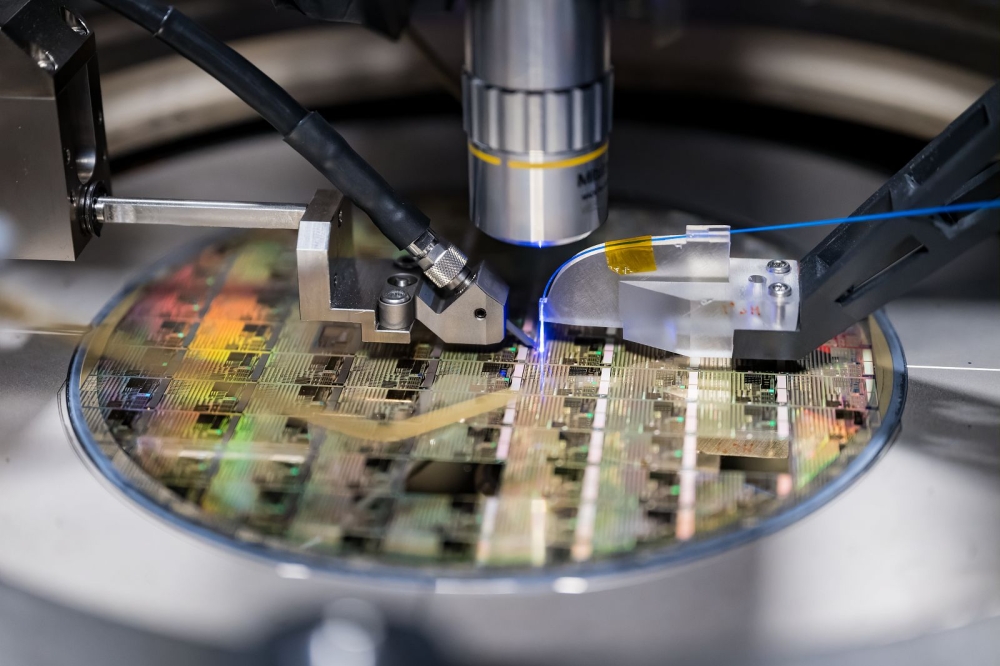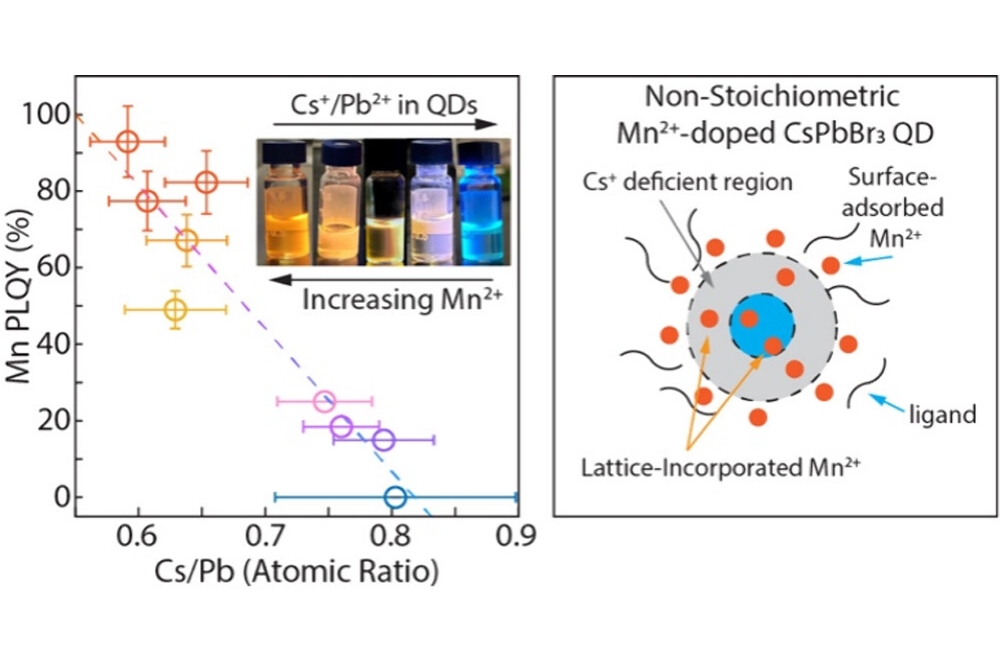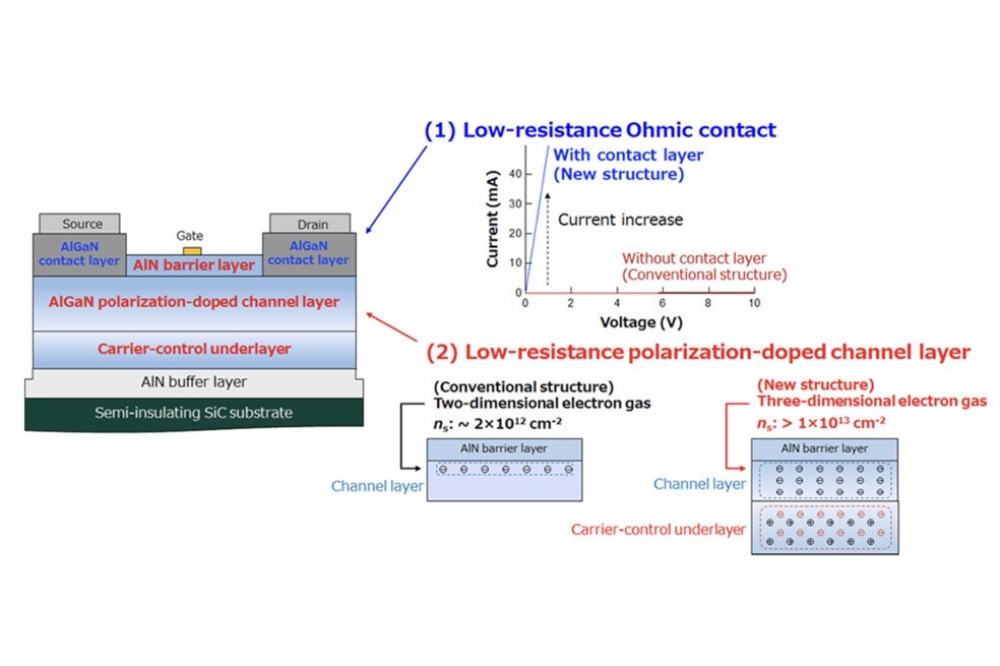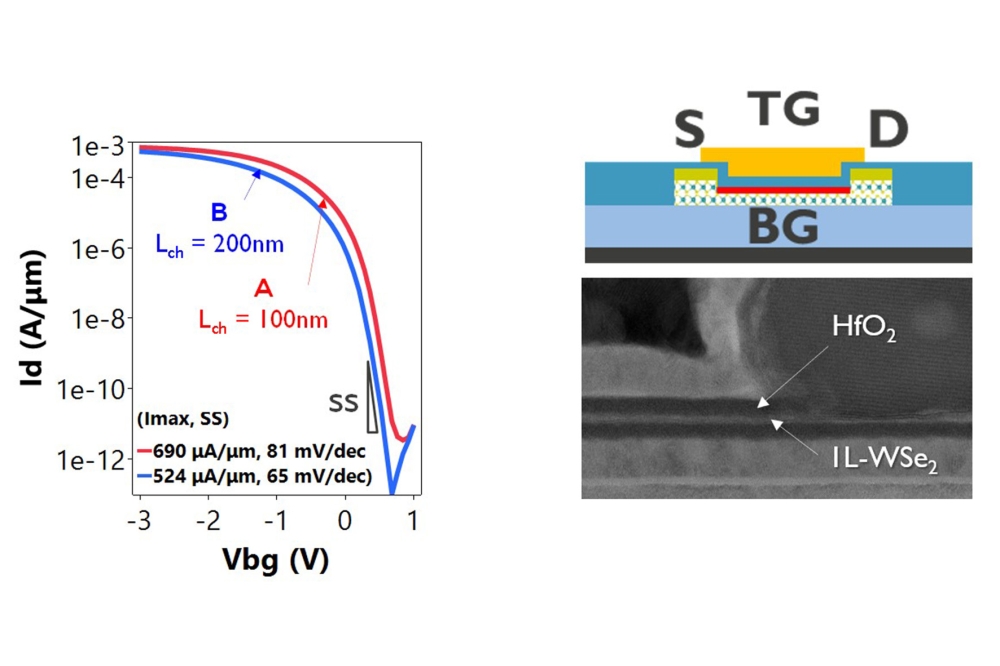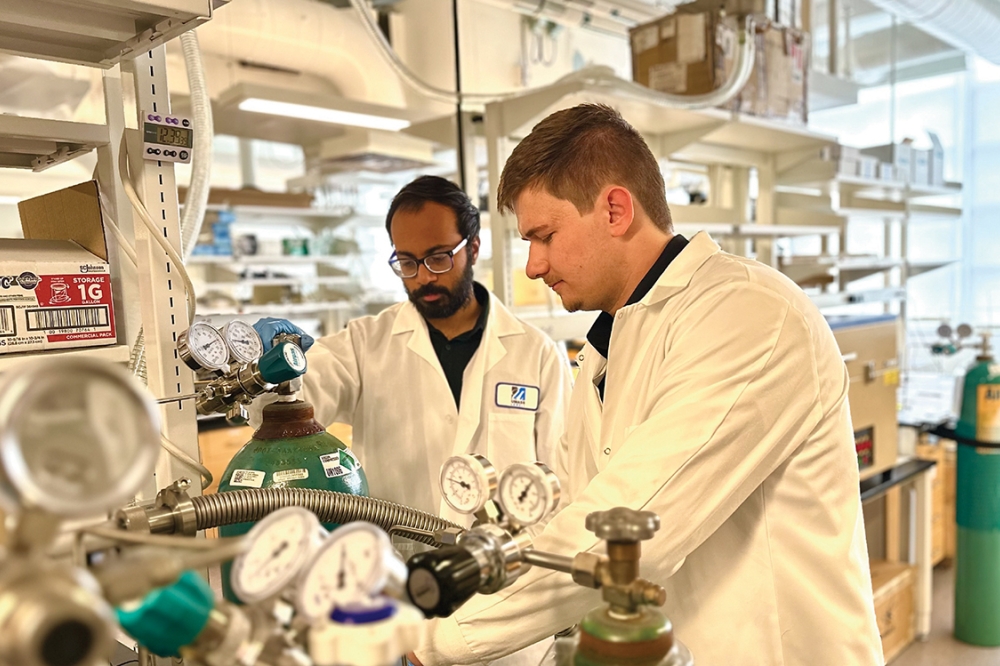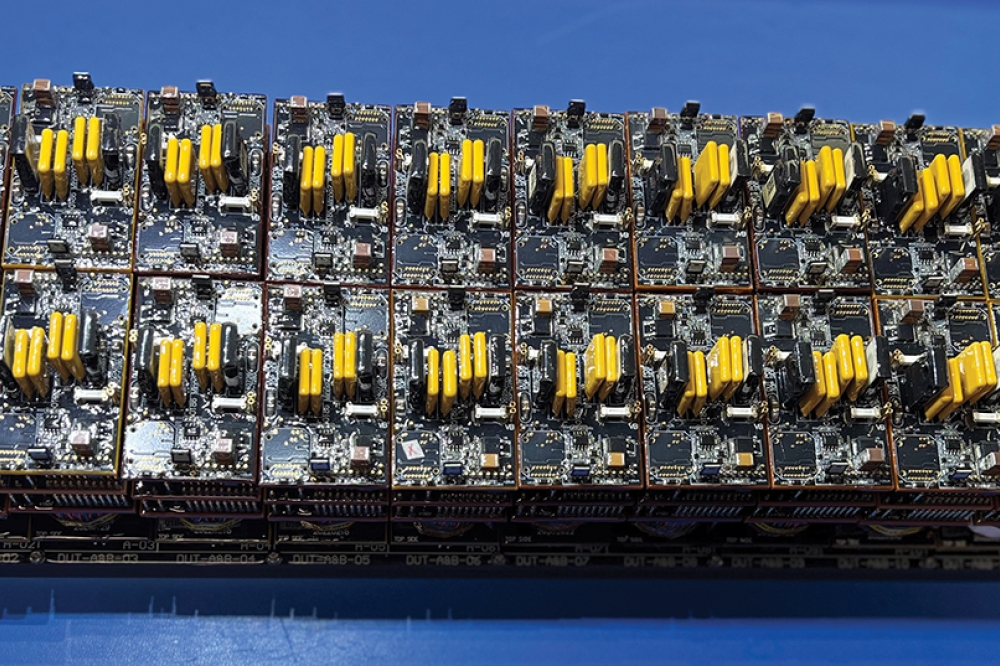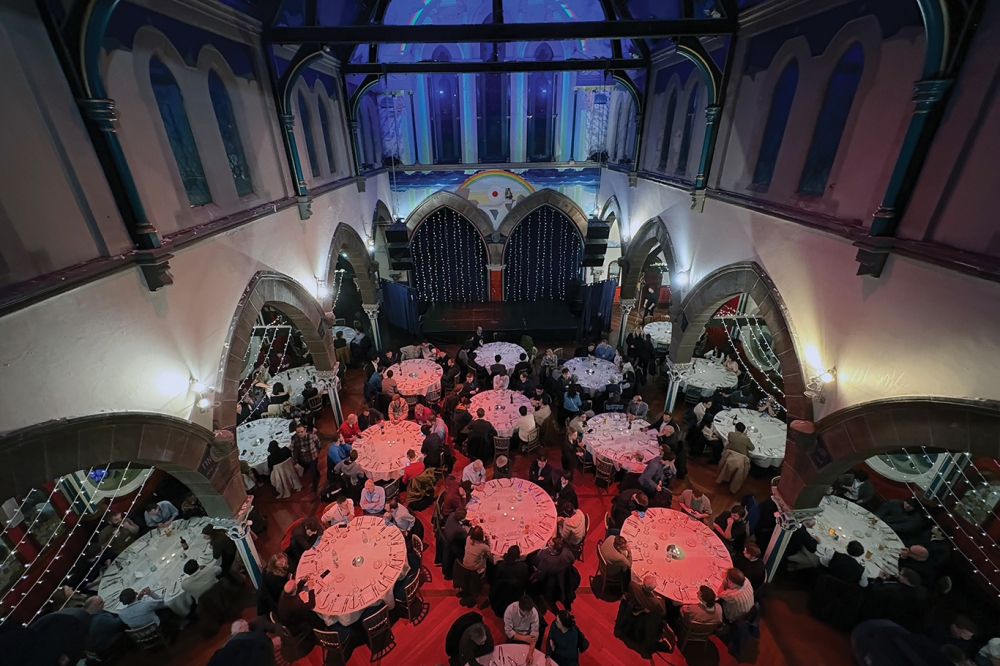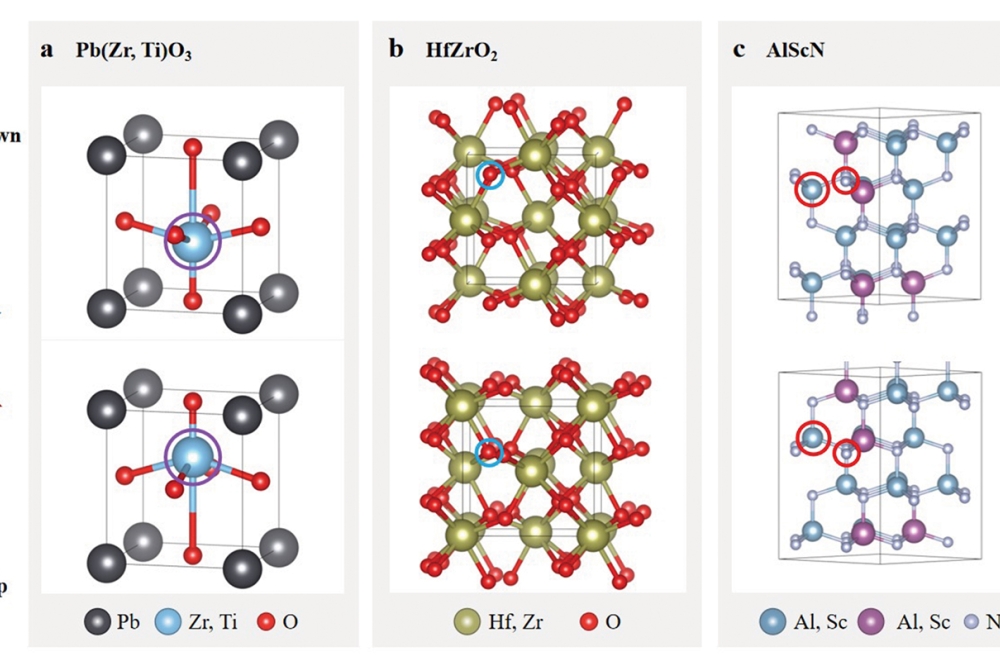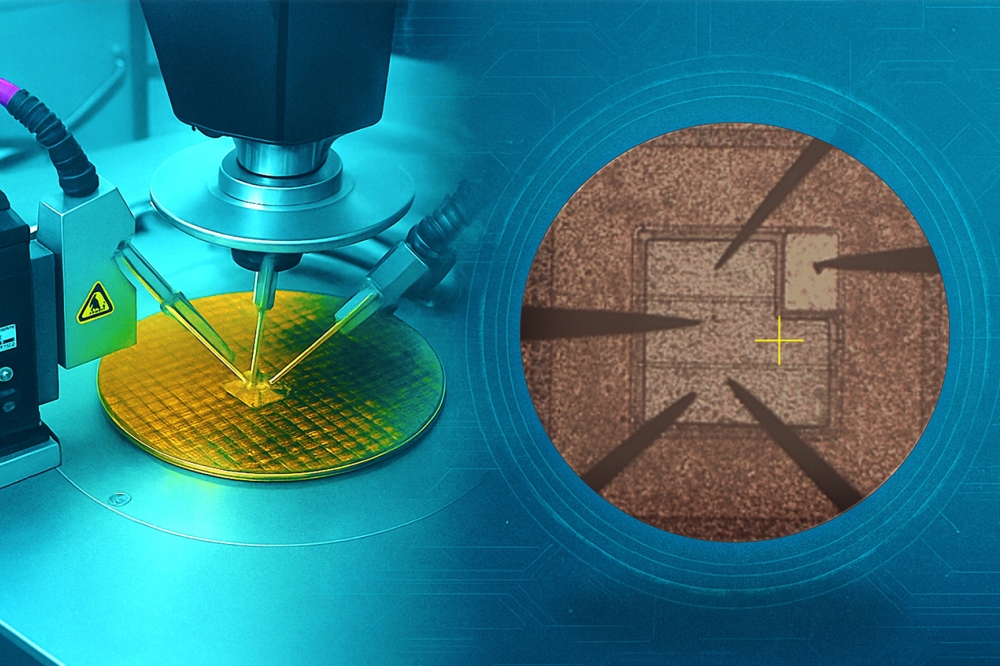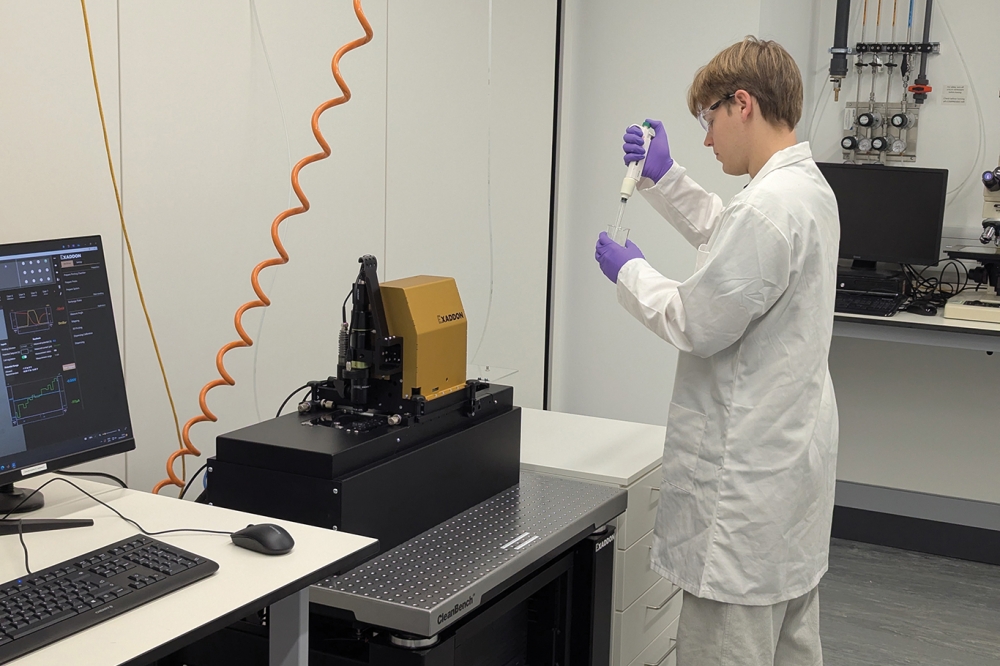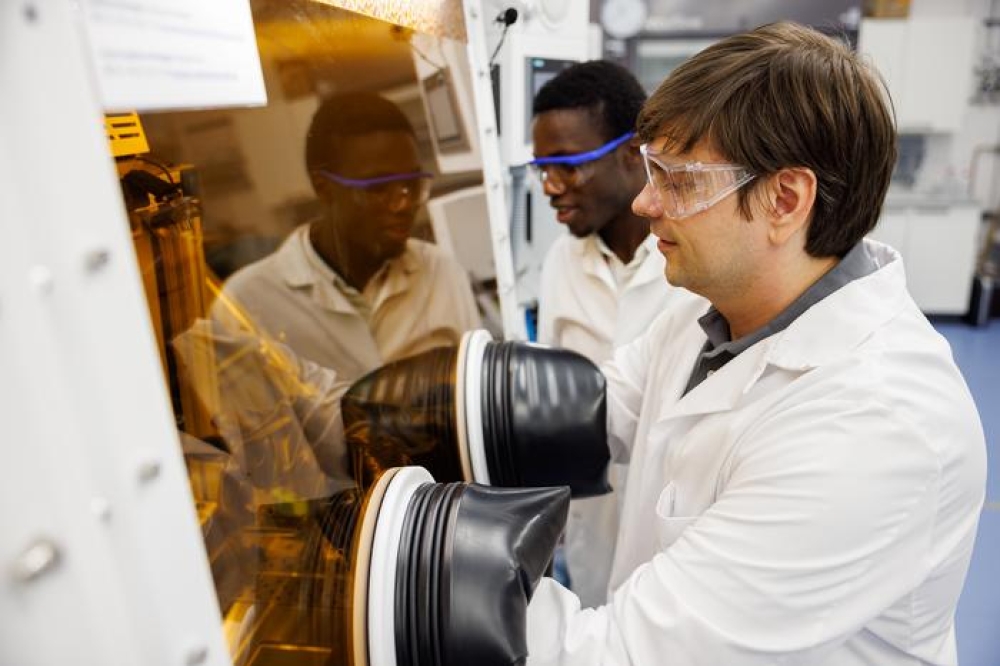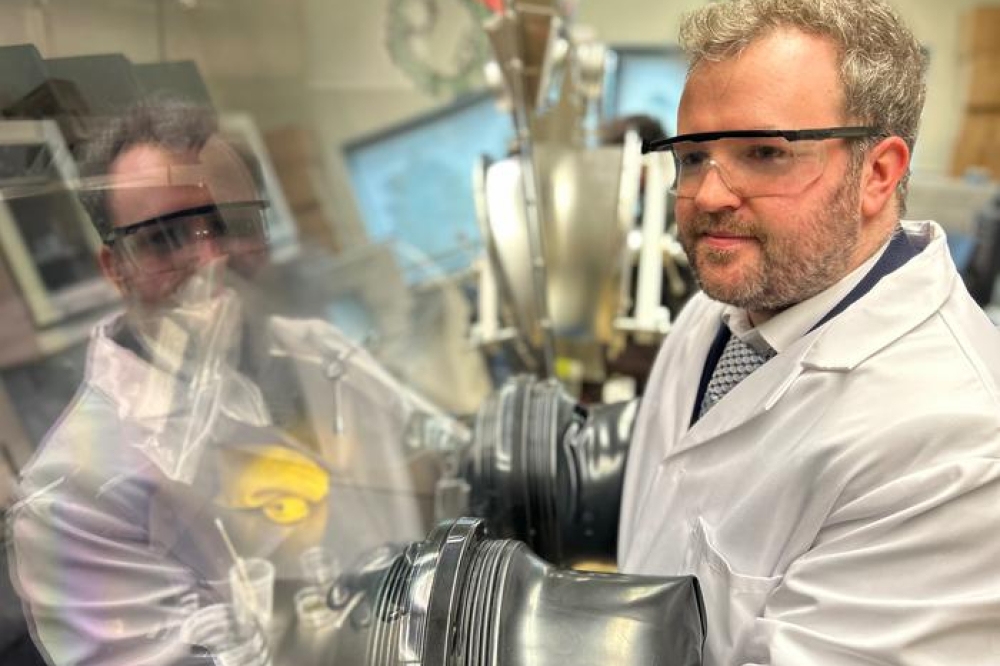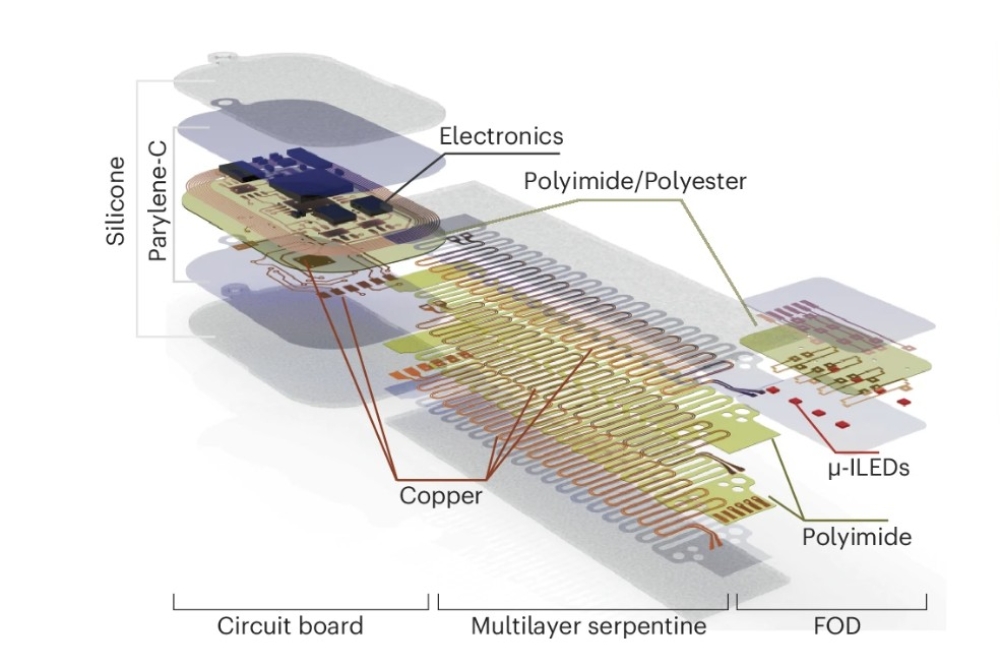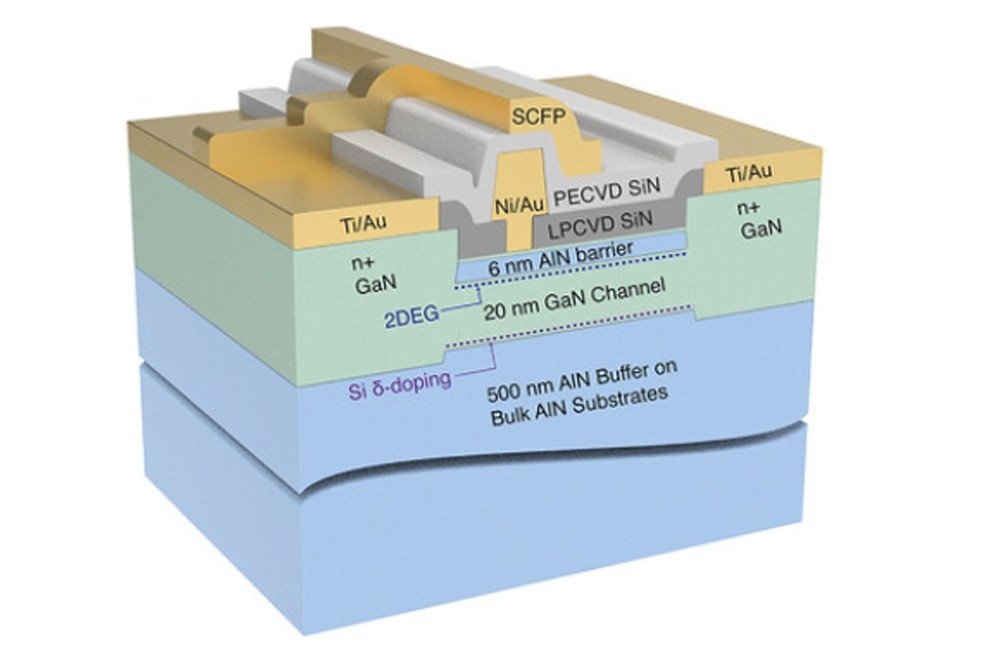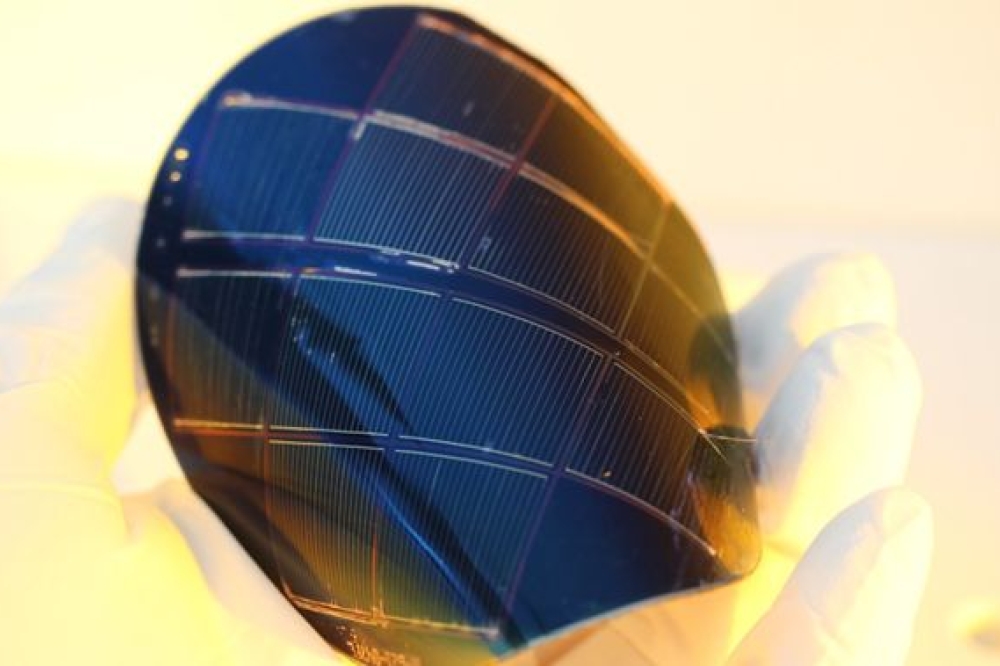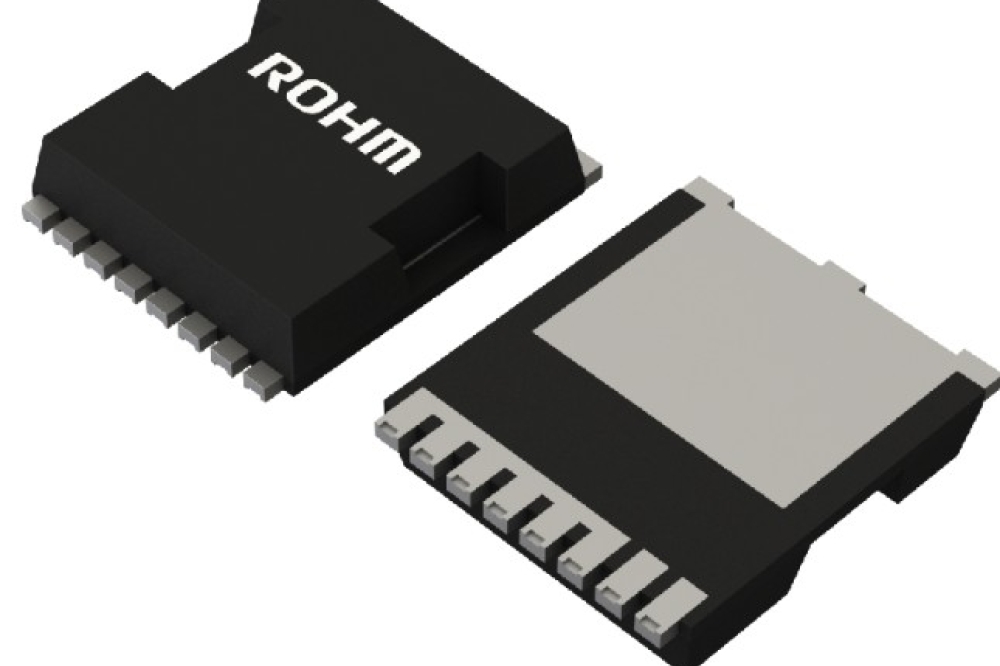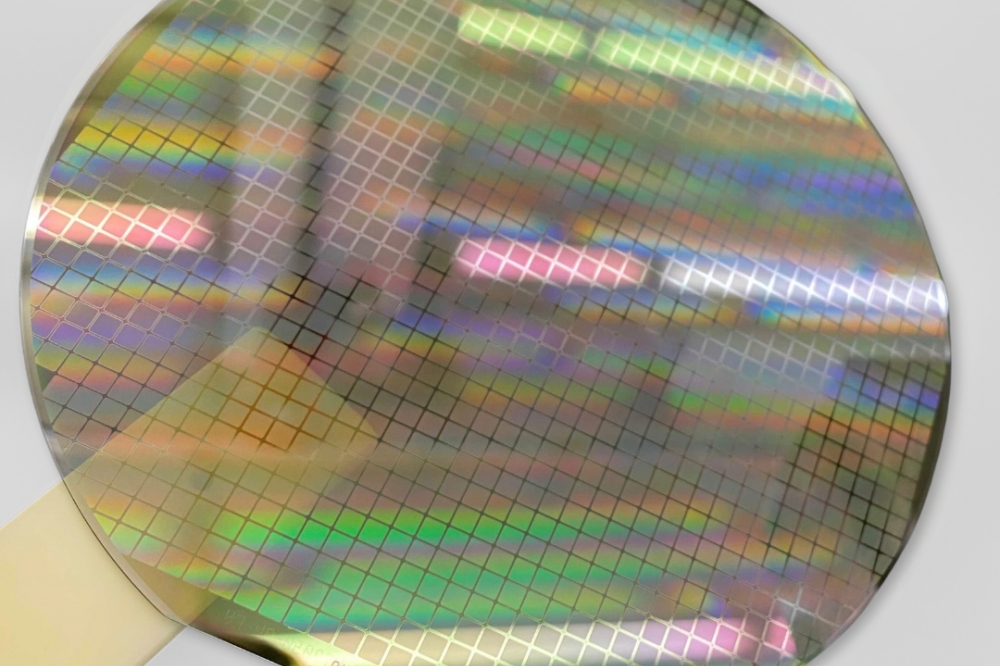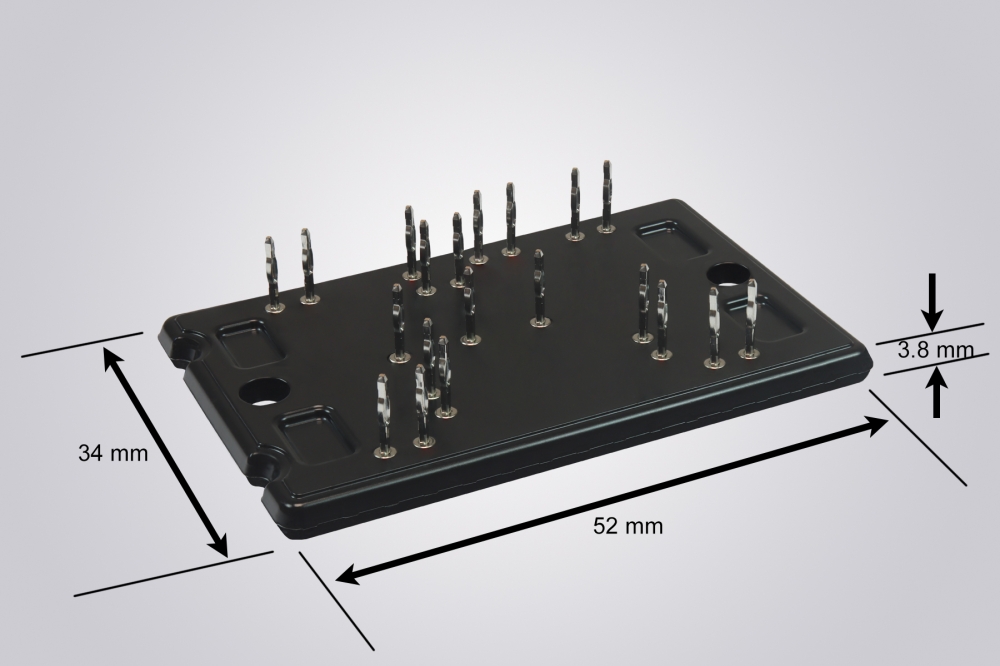Scientists make QD lasers for SWIR applications
Current laser technologies for the extended SWIR spectral range rely on expensive and complex materials. Now a team of researchers at the ICFO (Institute of Photonic Sciences) in Spain has presented a novel approach based on colloidal PbS quantum dots in an Advanced Materials article.
The team managed to emit coherent light in the extended SWIR range of 1600nm to 2500nm, making PbS colloidal quantum dots the first semiconductor lasing material to cover such a broad wavelength range. The researchers accomplished this without altering the dots’ chemical composition, and with nanosecond excitation.
The results were a result of employing larger quantum dots, according to the researchers, which increased the absorption cross-section of the dots tenfold. This led to a dramatic reduction in the optical gain threshold.
"Our work represents a paradigm shift in infrared laser technology," said Gerasimos Konstantatos from ICREA (Catalan Institution for Research and Advanced Studies). "For the first time, we’ve achieved lasing in the extended SWIR range with solution-processed materials at room temperature, paving the way for practical applications and the development of more accessible technologies."
Potential applications including hazardous gas detection, eye-safe LIDAR systems, advanced photonic integrated circuits, and imaging within the SWIR biological window. In addition, the team believes this breakthrough supports the transition to silicon-compatible photonic integrated circuits, enabling greater miniaturisation and widespread adoption.
Reference
'Extended Short-Wave Infrared Colloidal Quantum Dot Lasers with Nanosecond Excitation' by G. L. Whitworth et al; Adv. Mater. (2024)


